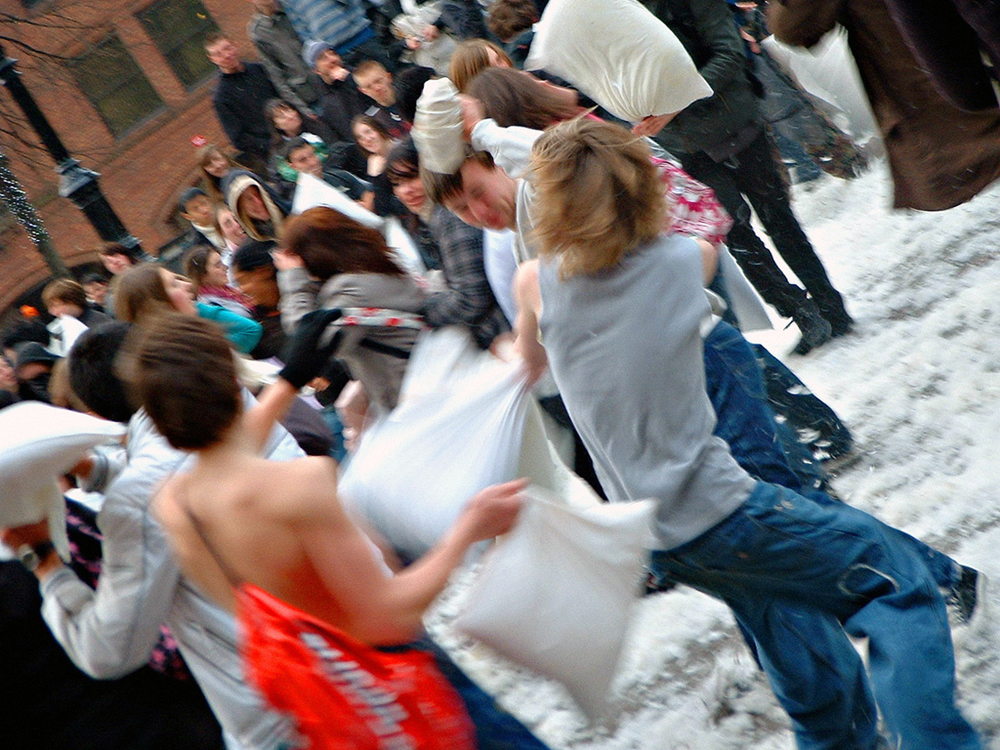| << Chapter < Page | Chapter >> Page > |

In March 2014, a group of musicians got together in a fish market in Odessa for a spontaneous performance of Beethoven's “Ode to Joy” from his Ninth Symphony. While tensions were building over Ukraine's efforts to join the European Union, and even as Russian troops had taken control of the Ukrainian airbase in Belbek, the Odessa Philharmonic Orchestra and Opera Chorus tried to lighten the troubled times for shoppers with music and song.
Spontaneous gatherings like this are called flash mobs . They often are captured on video and shared on the Internet; frequently they go viral. Humans seek connections and shared experiences. Perhaps experiencing a flash mob event enhances this bond. It certainly interrupts our otherwise mundane routine with a reminder that we are social animals.
Flash mobs are examples of collective behavior , noninstitutionalized activity in which several or many people voluntarily engage. Other examples are a group of commuters traveling home from work and a population of teens adopting a favorite singer’s hairstyle. In short, collective behavior is any group behavior that is not mandated or regulated by an institution. There are three primary forms of collective behavior: the crowd, the mass, and the public.
It takes a fairly large number of people in close proximity to form a crowd (Lofland 1993). Examples include a group of people attending an Ani DiFranco concert, tailgating at a Patriots game, or attending a worship service. Turner and Killian (1993) identified four types of crowds. Casual crowds consist of people who are in the same place at the same time but who aren’t really interacting, such as people standing in line at the post office. Conventional crowds are those who come together for a scheduled event that occurs regularly, like a religious service. Expressive crowds are people who join together to express emotion, often at funerals, weddings, or the like. The final type, acting crowds , focuses on a specific goal or action, such as a protest movement or riot.
In addition to the different types of crowds, collective groups can also be identified in two other ways. A mass is a relatively large number of people with a common interest, though they may not be in close proximity (Lofland 1993), such as players of the popular Facebook game Farmville. A public , on the other hand, is an unorganized, relatively diffused group of people who share ideas, such as the Libertarian political party. While these two types of crowds are similar, they are not the same. To distinguish between them, remember that members of a mass share interests, whereas members of a public share ideas.

Notification Switch
Would you like to follow the 'Introduction to sociology 2e' conversation and receive update notifications?